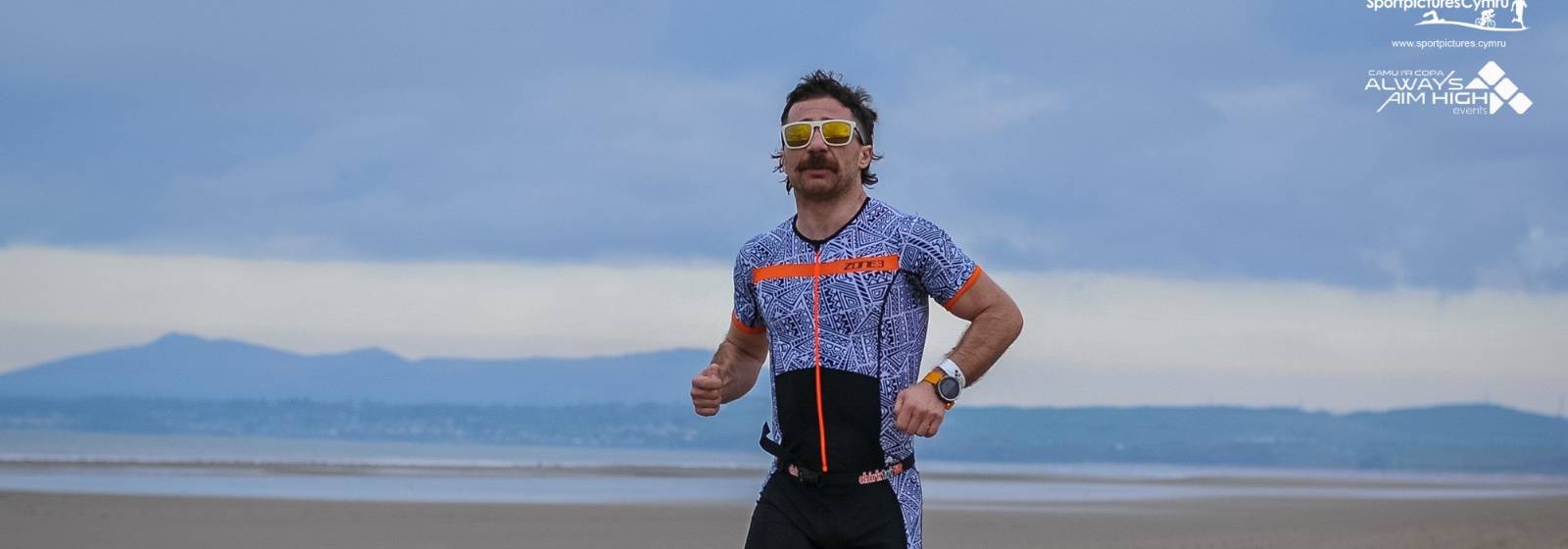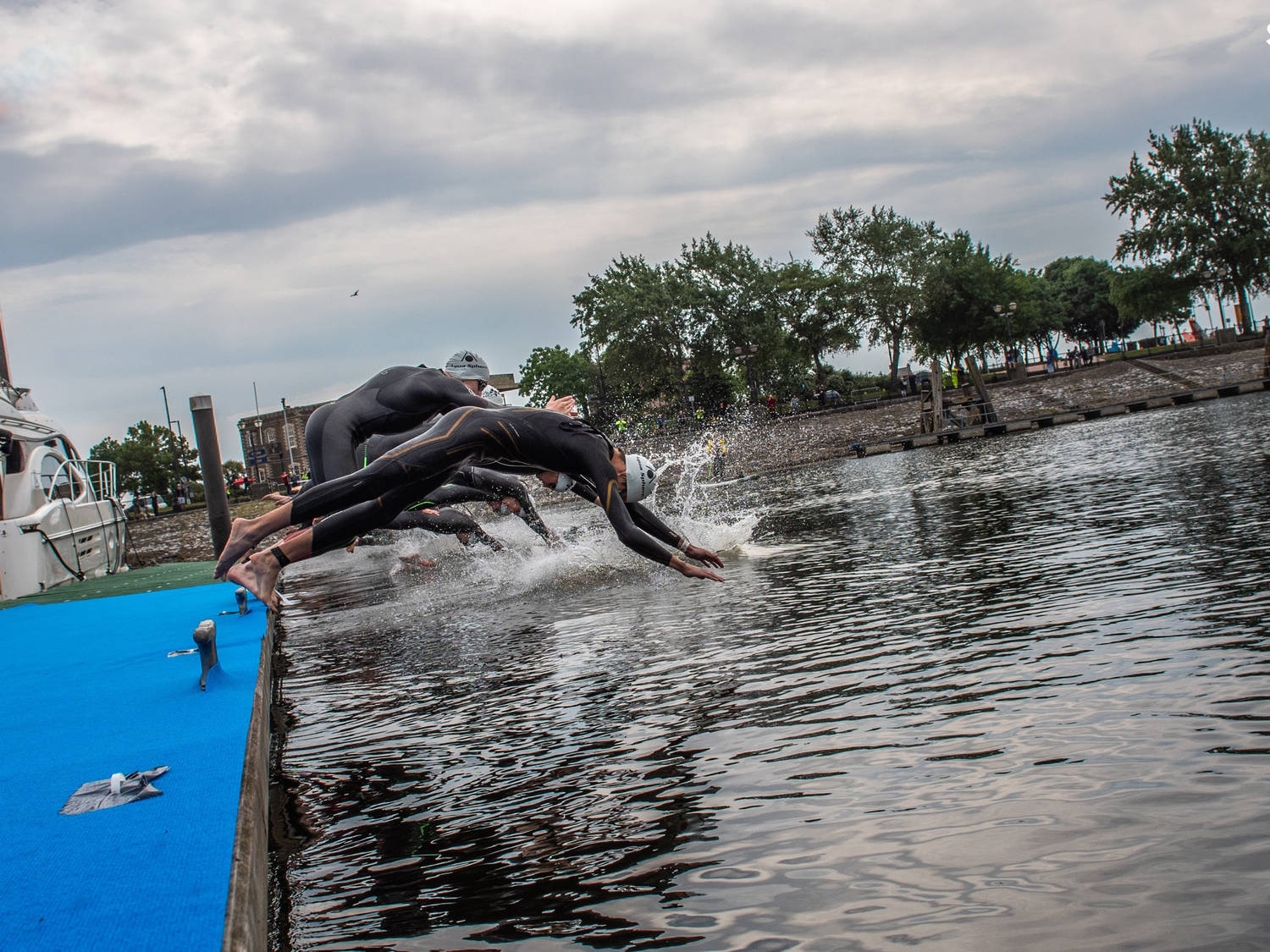
Avoiding injuries this triathlon season
Now that the Triathlon season is getting underway, a number of you will be beginning or ramping up your training programmes to make sure that you’re in top shape come race day. Whether you’re a first time Triathlete or a seasoned veteran, staying fit and healthy throughout your training and race day is a vital part of your triathlon success. Here’s some tips for you this tri season on how to avoid injuries and stay in tip top shape to get the best out of your training and make your triathlon season one to remember.
Avoid overtraining
One of the most common mistakes among triathletes is overtraining. The sun has started shining, the winter days are behind you and all you want do is head outside and start loading up on those training miles in the lovely sunshine. But before you know it, you’ve over done it and nursing an injury.
Having an attitude of “the more I do the better I’ll be” can cause you problems, and injuries will creep in. However, injuries aren’t the only concern. Symptoms of overtraining include sore and achy muscles, joint pain, tiredness and can even have an effect on the immune system, leading to illnesses.
It is recommended to build up your training gradually, working up to your desired level of training and intensity while including rest days that allow your body to adapt to the training demands. This is especially important in a multi discipline sport where the body is placed under stress in various ways. Post exercise, muscles will be sore and require a period of rest and recovery, this is normal and allows muscles to become bigger and stronger. However, overtraining can lead to muscle fibres being torn to a damaging extent and leave you sitting on the side lines for far longer than you’d like.
Practical steps to avoid overtraining include to not perform high intensity/high volume training on consecutive days. Separating high volume days, allowing 2-3 days between high intensity training is recommended to allow for a maximal recovery.
Stretching Pre and post exercise
A common mistake made by recreational athletes avoid stretching and jump straight in to their desired workout without warming up those all important muscles. Stretching is vital to avoiding injury and prepares your muscles for the load your about to place them under and helps increase their range of motion. It’s recommended to limit static stretching during warm ups which lengthens and holds the muscle in one position, but rather to adopt dynamic stretches as part of your pre exercise routine. A great example of dynamic stretches for running can include lunges, leg swinging, and high knees that can help activate the glute muscles, hamstrings and quadriceps in preparation for running. Dynamic stretches for the upper body are also vital for swimming which include shoulder rolls, arms circles and back rotations which help activate key back muscles such as the trapezius, scapula and key shoulder muscles such as your rotator cuffs and deltoids.
The importance of post workout stretching should also not be overstated as it allows the body the clear the build-up of muscular waste such as lactic acid and aids in muscle recovery by realigning muscle fibres. Static stretches are a great way form of recovery and will help avoid muscular stiffness the next day. Additionally, using a foam roller as a means of recovery for muscles' can be helpful but can be more beneficial when used post exercise.
Adopt strength exercises
While training for your triathlon, the body will be place under a large amount of stress while you clock up the miles on the bike, put in your lengths or run away the miles. In order to cope with the increased demand it is beneficial to adopt strength specific exercises that target muscle groups that are placed under stress. Strength exercises can also help make ligaments, bones and tendons stronger. Studies have shown that adopting a progressive strength exercise routine up to twice a week can help prevent injuries and even lead to improved performance among triathletes. While there are clear benefits to using strength exercises you should take extra care when handling weights.
While pedalling away those miles on the bike without a care in the world but the last thing you need is an injury coming in to play. some great ways of reducing injury risk include strengthening the lower back muscles and working the trapezius (upper back) and shoulder muscles to reduce neck strain while hunched over in a fixed position. A common injury for beginner triathletes include hamstring injuries due to high loads being placed on the muscle. To reduce the risk of injury, hamstring exercises are a sure way to reduce the risk of injury while on the bike.
Monitor training Intensity
Balancing training intensity is integral to avoiding injuries. While it’s necessary to adopt high intensity workouts, your training plan should have a degree of balance. it’s recommended to have an 80/20 approach to training. This means approximately 20% high intensity and 80% low intensity. You can always apply even lower intensity exercises even on rest days that can help with recovery. A great way of ensuring you stay active on recovery days is to go for a light 10-20 minute run slightly quicker than walking pace while breathing through your nose. This light activity aids recovery by activating the parasympathetic nervous system which lowers heart rate, blood pressure and enters the body in to a state of relaxation.
So there you have it! Some great and easy ways to kickstart your triathlon season with considerations to injury prevention in a multi discipline sport. The main thing is to listen to your body and take a rest when you need to. You may have created a training plan that you intend to stick to religiously and that’s great. But always put your body first and adjust the plan accordingly. It can always be adapted as you go along.



